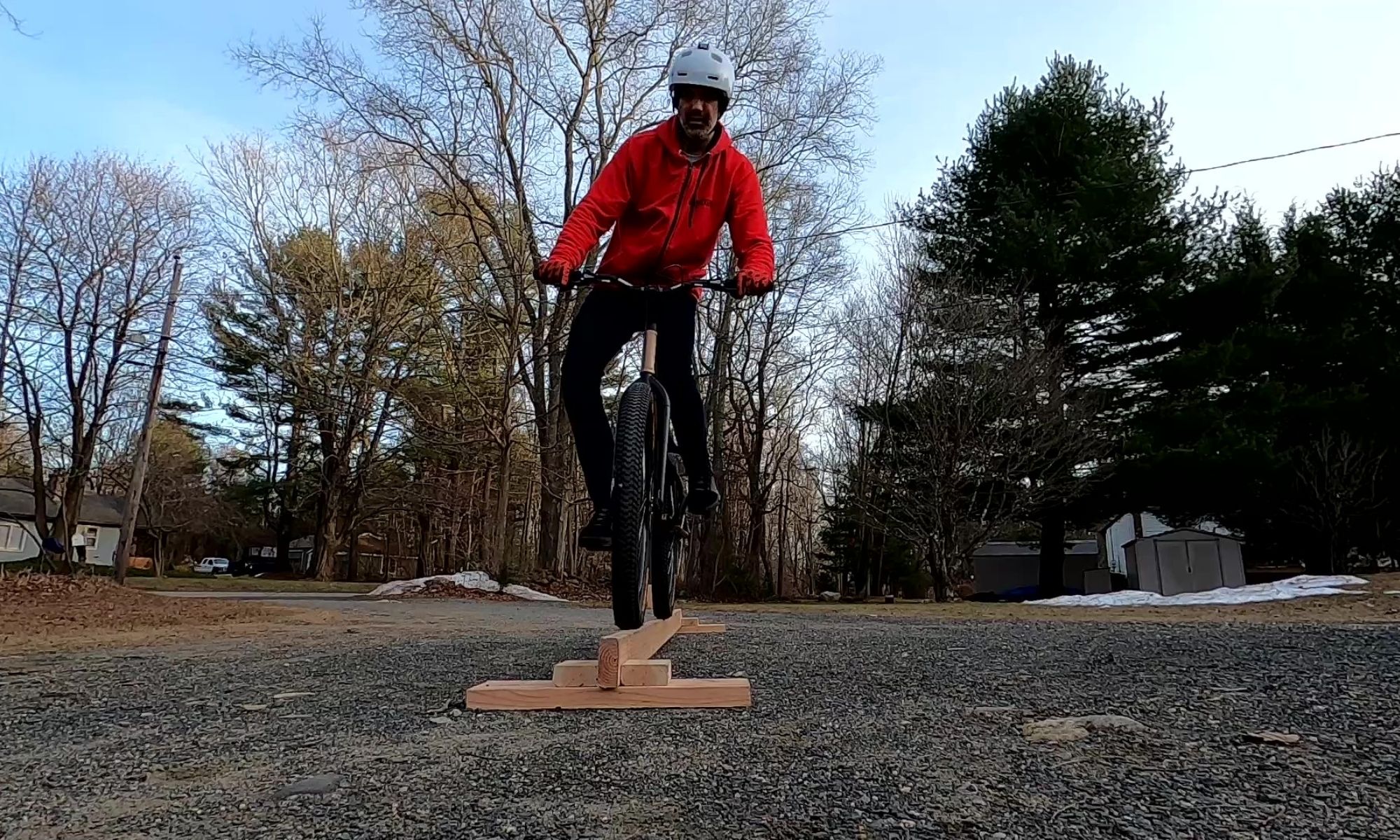
As I was skimming through my newsfeeds today (yes, I still us an RSS reader), I came across an article title that reached out and grabbed me: ‘Most of Us Look for Ways to Feel Offended’: How to Break Out of Toxic Patterns and Start Living. What caught my eye was the first part, since too often I have noticed exactly that: often people seem like their trying to be offended.
Interestingly, I had a discussion just today with a colleague who was put off by the manner and tone an individual was using to provide valuable insights during a teleconference. I had previous interactions with the individual who was providing the feedback, so I understood that right or wrong, that was his style. I told my colleague that the person was providing valuable feedback, probably earned through some painful lessons, despite the somewhat tactless approach he used to convey his points.
One of the reasons I’m able to work with just about anybody, is that I realized that everyone has their own set of ‘filters’ through which they experience the world. These filters not only bias the way in which people perceive the world, but also the way the interact with it, including with other people. Additionally, not everyone has learned how to communicate effectively. Top it all off with individual quirks, some more pronounced that others, and you can get some rather interesting interactions.
I’ve found that the trick is to separate the personality from the message. While some people are utterly toxic, others just have certain idiosyncrasies to their approach. Once you understand a person’s style, even if you don’t particularly like it, you can still work with them effectively. Maybe you don’t want to invite them over for dinner, but at least you can interact with them and not get all bent out of shape. Another key is to realize that most of the time, it’s never about you – even if the person you have to deal with is somewhat obnoxious. Finally, it’s just not worth the energy to get all bent out of shape over someone’s personality, particularly is you have to work with them (of course harassment, bullying, threatening, etc. is never acceptable, but that’s a different story altogether).
The part of the title that mentioned being easily offended is why I clicked the link, but that was only one little piece of the article; the author offers 7 additional maxims that amount to the fact that you need to ‘own’ your own life, control what is within your control, and don’t cede control to other people or things you cannot change. I highly recommend reading the entire article, and really reflecting honestly on the 8 points. They are proven concepts that increase the likelihood of living a happier, more fulfilling life.
“Everything we think, say and do in life is a choice. Regardless of what’s happening to us, we always have a choice in how we respond, and when we leave our focus and energy there, we find ways to win and succeed.”
Amy M Chambers
